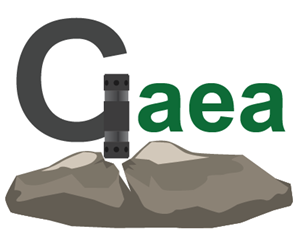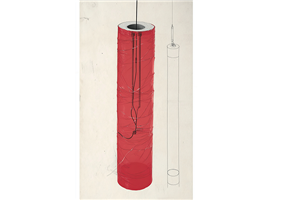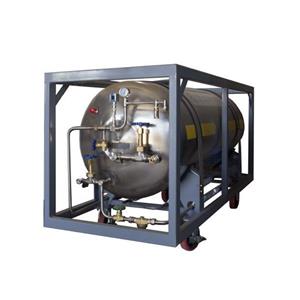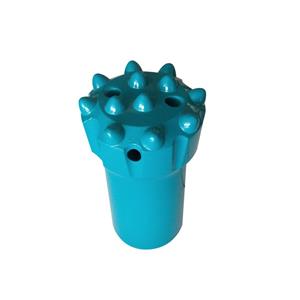Service conditions and failure analysis of shank adapter
When the shank adapter part is working, its tail end face directly bears the impact contact of the rock drill piston, and the impact energy of the piston movement is transferred from the tail end to the drill rod and drill bit, thereby performing rock drilling operations. At the same time, the splines of the shank adapter part are driven by the rock drill's rotating sleeve to transmit torque, causing the entire drill tool system to rotate. The inner hole of the drill bit is also washed by fast flowing water and the humid environment of rock drilling in mines, so the drill bit works under conditions of corrosion by mineral water. Therefore, the failure mode of the shank adapter is more complicated, and the main failure modes are as follows.
1. Break
The shank adapter is the last section of the connecting rod drill tool. During rock drilling operations, the shank adapter will inevitably bear the bending moment; at the same time, due to the wave reflection of the impact compression wave at the free end and the change of section, it will also be reflected inside the shank adapter. Tensile stress waves are generated. This alternating effect of impact compression and tensile stress, coupled with the corrosive effect of mineral water, will cause impact corrosion fatigue fracture of the shank adapter. Many mining tests have shown that the most likely location for the shank adapter to break is the eccentric undercut at the end of the thread, followed by the fillet transition of the sealing ring groove in the inner hole not far from the tail end face. Therefore, the impact fatigue resistance of these two weak links must first be improved. As for the fractures that occasionally occur due to the development of certain corrosion fatigue cracks in the smooth inner hole and outer surface, the probability of occurrence is very small, and often the shank adapter has failed in other ways before it is exposed.
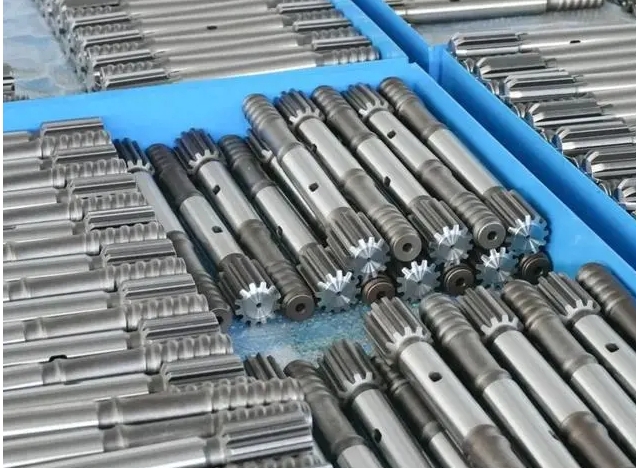
2. Damage to the tail end surface
The damage to the end surface of the shank adapter under the impact contact pressure stress of the piston is roughly as follows: the end surface of the shank adapter directly bears the impact contact of the rock drill piston, and end surface peeling is a common damage method. What is more serious is that large pieces of deep peeling appear on the end face, which will worsen the contact between the piston and the shank adapter, and even cause damage to the piston.
3. Thread wear
During rock drilling operations, every time the shank adapter is subjected to a piston impact, a rebound movement will occur in the thread gap between the shank adapter and the drill sleeve, causing impact wear of the corrugated thread of the shank adapter. When the amount of wear reaches a certain level, the thread fit gap between the shank adapter and the drill sleeve will be too large, causing the thread fit to be misaligned, causing a serious "pipe stuck" phenomenon, making it difficult to load and remove the drill rod. Therefore, how to solve the first two failure modes and improve the wear resistance of the thread is also an important issue.

